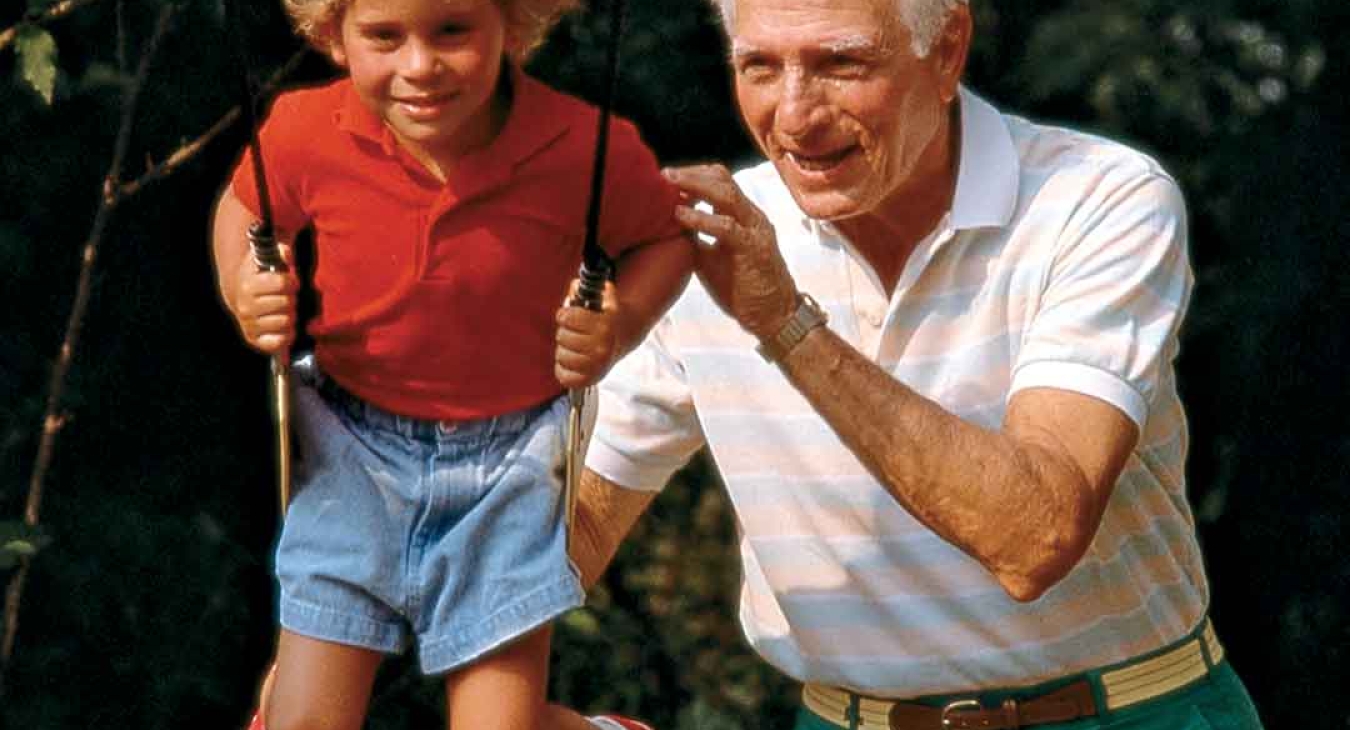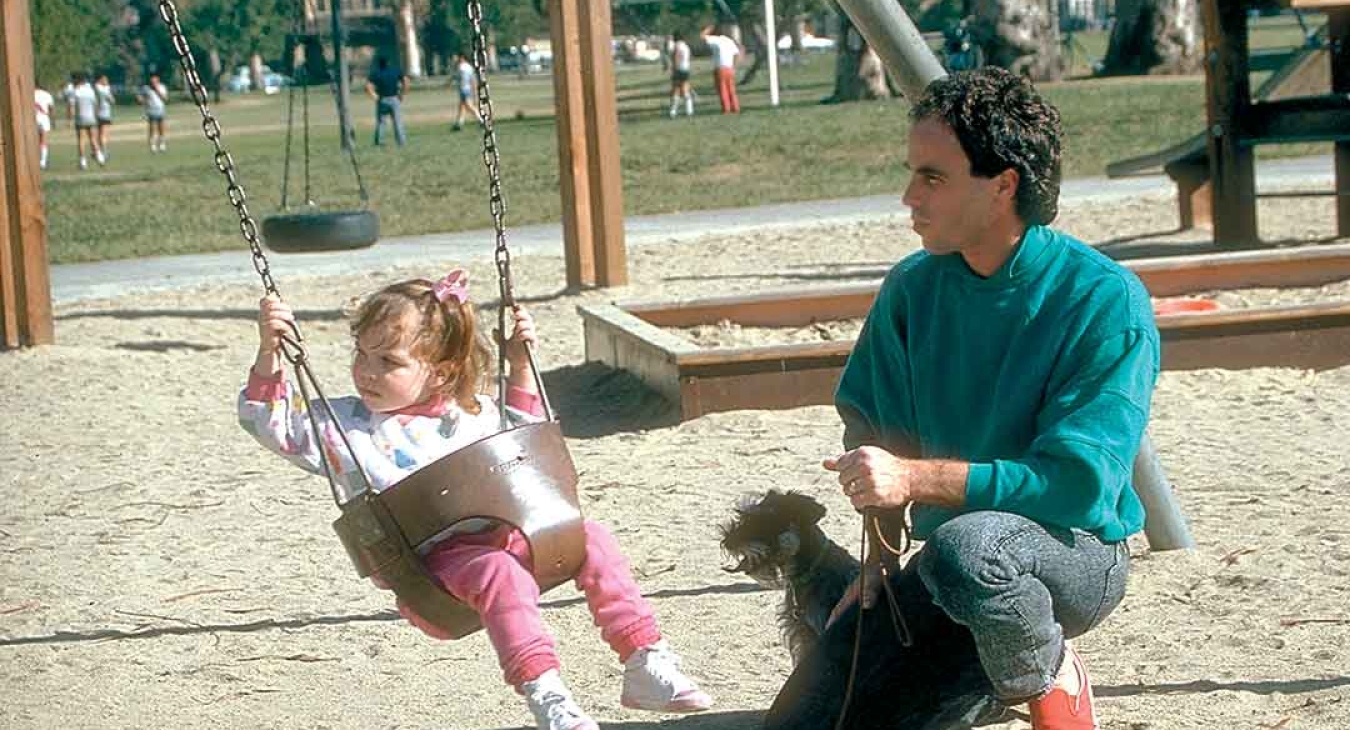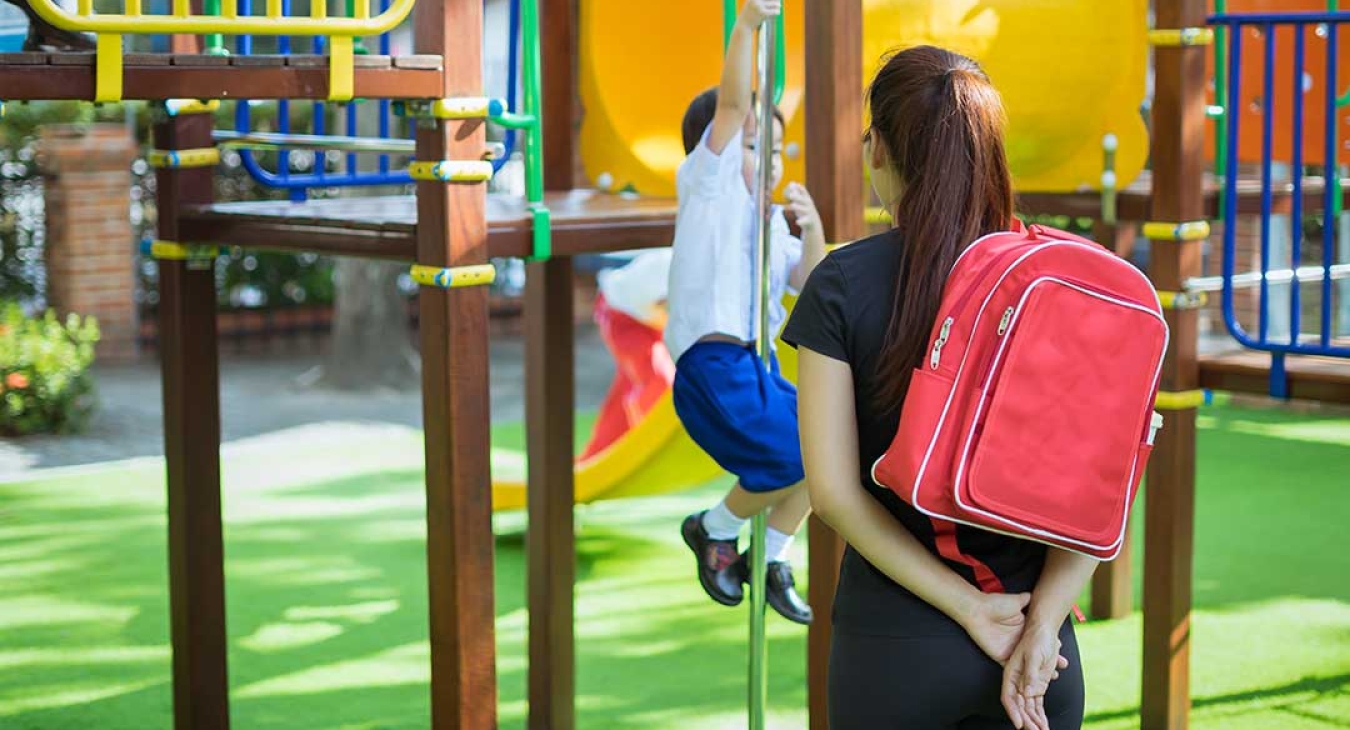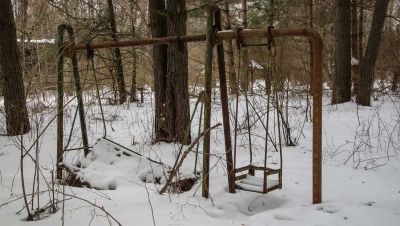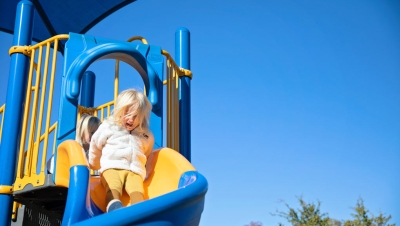Instead of Your Fences
Give this some thought. There are probably some out there who think the only supervision a child on a playground needs is a high enough fence. Hopefully, you're scratching your head right now wondering how a fence is going to watch children at play. It doesn't compute if you think about the statistics for injuries on the playground. Supervision is a must, whether it is school, public parks, child care facility, home, or wherever the playground is situated. My children went to a certain childcare facility for a short period of time. When I found out that I should probably be writing the check to the backyard fence for watching my children as they played on the structures so the child care provider could do what she needed to in the house, I have to say I was less than pleased. That is not to say that this is what is happening at all childcare facilities, but we switched facialities soon after.
According to the International Playground Safety Institute (IPSI), most injuries on playgrounds are due to falls, not children wandering away from the equipment; although fences can help out by slowing a wandering child from leaving the designated play area. The following fact remains: Children of all ages need to be watched on the playground.
Part of supervision is making sure that children play in areas that are suitable for their age and physical ability. Children in the age range of 2 to 5 years old aren't likely to have the physical ability to play on structures intended for children 5 to 12 years old. Fall heights are different, and equipment requires more upper body strength needed to navigate structures designed for ages 5 to 12. For instance, a two-year-old shouldn't be left hanging on a horizontal ladder. A supervisor can keep this from happening and lessen the chance of injury at play.
The National Program for Playground Safety (NPPS) notes that nearly 40 percent of all playground-related injuries have a correlation to inadequate supervision. The suggested child-to-supervisor ratio of supervision for the playground is that of the ratio for the kind of indoor classroom. In studies conducted by NPPS, the largest found was 125 to one supervisor, while the most common was one supervisor to 50 students. NPPS suggests that PTAs work with schools to set up a schedule of volunteers, but that they also provide training for supervisors so they know their role and responsibilities and also the rules of the playground. This includes having supervisors perform a daily check of equipment for broken components, depth of loose-fill sure facing as well as check for other hazards.
There are several programs out there dedicated to educating supervisors and children about safety. Adults should talk with children about hazards and teach them about appropriate behavior. NPPS has a S.A.F.E. Playground Supervision kit available through its website. you log on to www.playgroundsafety.org, and you'll also find information about National Playground Safety Week, which is scheduled for the last week in April each year. You can log on to the website to find out all the things you can do to get your state involved.
The bottom line is that we have plenty of resources out there to help with education for safety and supervision, so take advantage of them and help to reduce playground injuries.




